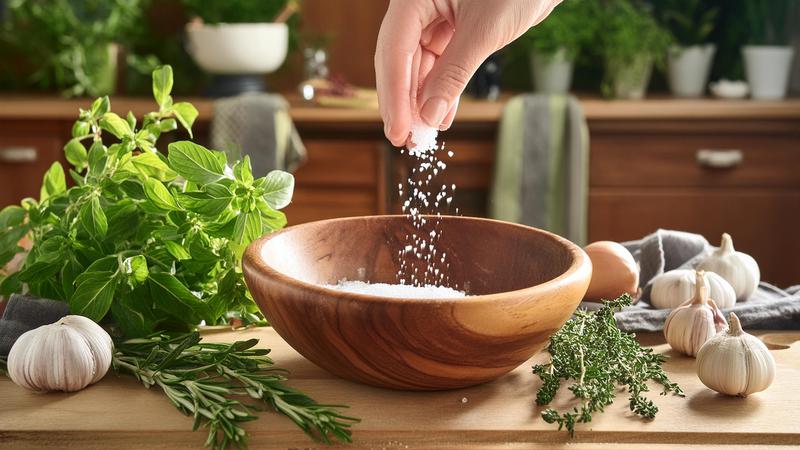
7 Tips for Following a Low Sodium Diet
You’ll be doing something good for your heart by making these tweaks to your diet.
One of the best ways to improve your heart health is to lower the sodium in your diet. Sodium is a mineral that the body needs in small doses to function properly, but when you consume too much, it can raise your blood pressure and increase your risk of heart disease and stroke.
You may think you just have to lay off the salt shaker at the table to lower sodium. But there are many other sources of sodium in most people’s diets, and often you don’t even realize how much you’re consuming. Packaged and prepared foods are where most of the sodium in the American diet comes from. Restaurant meals are another major source.
The average American consumes about 3,500mg of sodium daily. However, the Dietary Guidelines for Americans recommends adults limit sodium to 2,300mg or less, while the American Heart Association suggests a low sodium diet that includes only 1,500mg per day, especially if you’re at risk for high blood pressure or heart disease.

